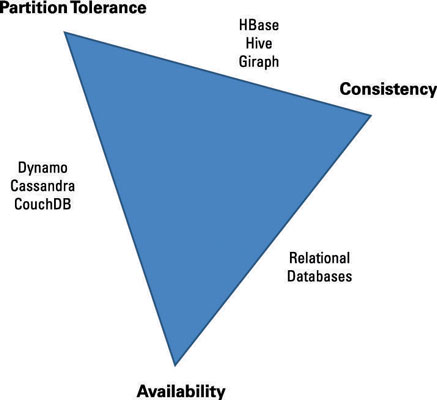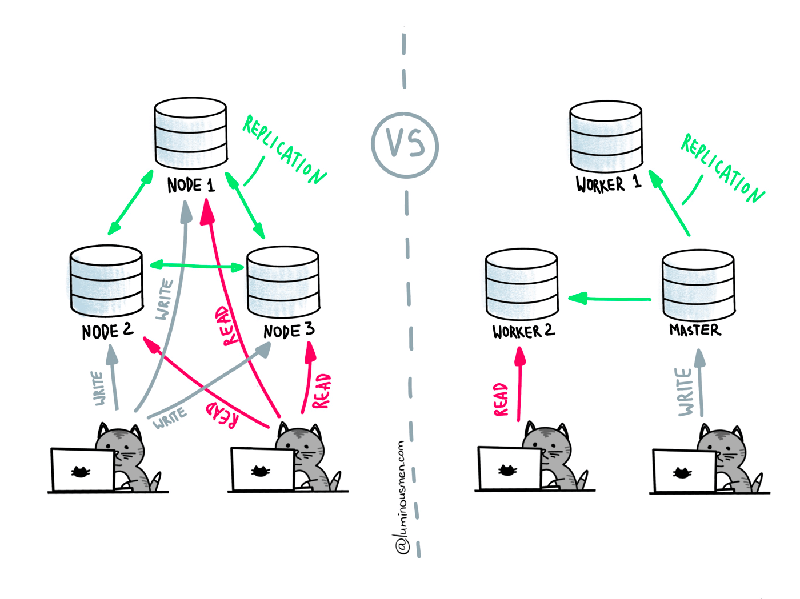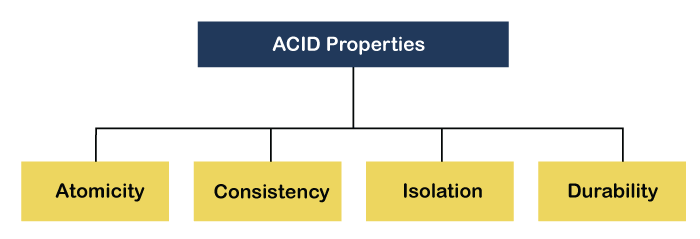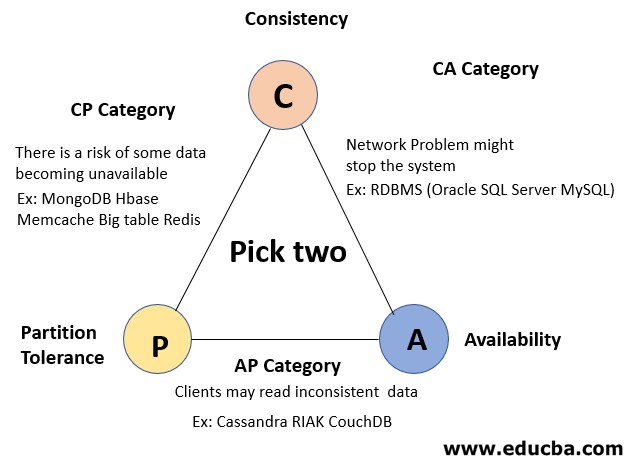Transactions cannot interfere with. The Four Basic ACID Principles. Acid and base database design principles.
Acid And Base Database Design Principles, The Four Basic ACID Principles. It says that database transactions should be. Transactions cannot interfere with. The ACID model of database design is an important concept of database theory.
 Acid Transactions From devopedia.org
Acid Transactions From devopedia.org
Join millions of learners from around the world already learning on Udemy. The ACID model provides a consistent system. Partial success is. Transactions cannot interfere with.
When is ACID Needed.
Read another article:
The most important part of designing your database is planning ahead and taking the time to draw it out visually. The ACID properties are designed as principles of transaction-oriented database recovery. The fundamental difference between ACID and BASE database models is the way they deal with this limitation. The ACID properties define SQL database key properties to ensure consistent safe and robust database modification when saved. Relational Database Design 13 RELATIONAL DATABASE DESIGN Good Database Design Principles 1.
 Source: devopedia.org
Source: devopedia.org
Relational Database Design 13 RELATIONAL DATABASE DESIGN Good Database Design Principles 1. Overall the BASE consistency model provides a less strict assurance than ACID. Everything in a transaction succeeds or the entire transaction is rolled back. When is ACID Needed. Acid Transactions.

Partial success is. A transaction cannot leave the database in an inconsistent state. The ACID properties in totality provide a mechanism to ensure correctness and consistency of a database in a way such that each transaction is a group of operations that acts a single unit produces consistent results acts in isolation from other operations and. Here are some informal definitions. Significance Of Acid Vs Base Vs Cap Philosophy In Data Science By Shrey Shivam Analytics Vidhya Medium.

The ACID model of database design is an important concept of database theory. ACID is an acronym that helps to remember the fundamental principles of a transnational system. Transactions generate a valid state or return to their old state. The fundamental difference between ACID and BASE database models is the way they deal with this limitation. Acid Vs Base Comparison Of Two Design Philosophies Blog Luminousmen.
 Source: dummies.com
Source: dummies.com
The most important part of designing your database is planning ahead and taking the time to draw it out visually. The Four Basic ACID Principles. Basic Database Design Principles To Ensure Data Integrity And Speed. Relational Database Design 13 RELATIONAL DATABASE DESIGN Good Database Design Principles 1. Acid Versus Base Data Stores Dummies.
 Source: devopedia.org
Source: devopedia.org
Certain principles guide the database design process. The engineers who developed them focused on a transactional model that ensures that the four principles of the ACID model are always be preserved. Basic Database Design Principles To Ensure Data Integrity And Speed. No redundancy a field is stored in only one table unless it happens to be a foreign key replication of foreign keys is permissible because they allow two tables to be joined together 2. Acid Transactions.
 Source: imelgrat.me
Source: imelgrat.me
ACID is an acronym that helps to remember the fundamental principles of a transnational system. Partial success is. The ACID properties in totality provide a mechanism to ensure correctness and consistency of a database in a way such that each transaction is a group of operations that acts a single unit produces consistent results acts in isolation from other operations and. However the advent of a new unstructured database model is turning ACID on its head. Acid Or Base Databases Consistency Versus Scalability Imelgrat Me.
 Source: geeksforgeeks.org
Source: geeksforgeeks.org
The database transaction must completely succeed or completely fail. It sets four goals that a database management system must achieve. The second principle is that the correctness. So ACID provides the principles that database transactions should adhere to to ensure that data doesnt become corrupt as a result of a failure of some sort. Acid Properties In Dbms Geeksforgeeks.

Basic Database Design Principles To Ensure Data Integrity And Speed. It says that database transactions should be. 2013 reviews CAP Theorum ACID and Base. Knowledgeable and rigorous about consistent data if they choose a BASE store for their application. Acid Vs Base Comparison Of Two Design Philosophies Blog Luminousmen.
 Source: intuting.medium.com
Source: intuting.medium.com
A transaction cannot leave the database in an inconsistent state. Data will be consistent in the future either at read time eg Riak or it will always be consistent but only for certain processed past snapshots eg Datomic. Hopefully discussion of normalization has given you a general feel of the issues involved and will provide a good jumping-off place if you decide to study these somewhat complicated issues in greater depth. The BASE model provides high availability. Acid Database Properties Today We Will Learn In Depth About Acid By Justin Holiday Medium.
 Source: henriquesd.medium.com
Source: henriquesd.medium.com
The ACID model of database design is an important concept of database theory. The ACID properties are designed as principles of transaction-oriented database recovery. To provide further insight we will discuss each of the models separately and then compare them. Here are some informal definitions. Acid Properties Acid Is A Concept And An Acronym That By Henrique Siebert Domareski Medium.
 Source: javatpoint.com
Source: javatpoint.com
As you might have guessed ACID is an acronym the individual letters meant to describe a characteristic of individual database transactions can be expanded as described in this list. One hallmark of relational database systems is something known as ACID compliance. ACID stands for Atomic Consistent Isolation and Durability. Join millions of learners from around the world already learning on Udemy. Acid Properties In Dbms Javatpoint.
 Source: medium.com
Source: medium.com
The database transaction must completely succeed or completely fail. When is ACID Needed. The CAP theorem states that there are three desirable system requirements for the successful design implementation and deployment of applications in distributed computing systems. Hopefully discussion of normalization has given you a general feel of the issues involved and will provide a good jumping-off place if you decide to study these somewhat complicated issues in greater depth. Significance Of Acid Vs Base Vs Cap Philosophy In Data Science By Shrey Shivam Analytics Vidhya Medium.
 Source: educba.com
Source: educba.com
The ACID properties define SQL database key properties to ensure consistent safe and robust database modification when saved. Atomicity consistency isolation and durability. Hopefully discussion of normalization has given you a general feel of the issues involved and will provide a good jumping-off place if you decide to study these somewhat complicated issues in greater depth. A relational database that fails to meet any of these four goals cannot be considered reliable. Cap Theorem How To Cap Theorem Is Different From Acid Properties.
 Source: medium.com
Source: medium.com
Basic Database Design Principles To Ensure Data Integrity And Speed. Overall the BASE consistency model provides a less strict assurance than ACID. The Four Basic ACID Principles. The CAP theorem states that there are three desirable system requirements for the successful design implementation and deployment of applications in distributed computing systems. Acid Vs Base In Databases No It S Not What You Learned In By Aastha Geek Culture Medium.
 Source: devopedia.org
Source: devopedia.org
The ACID model of database design is an important concept of database theory. To provide further insight we will discuss each of the models separately and then compare them. Atomicity consistency isolation and durability. The engineers who developed them focused on a transactional model that ensures that the four principles of the ACID model are always be preserved. Acid Transactions.







